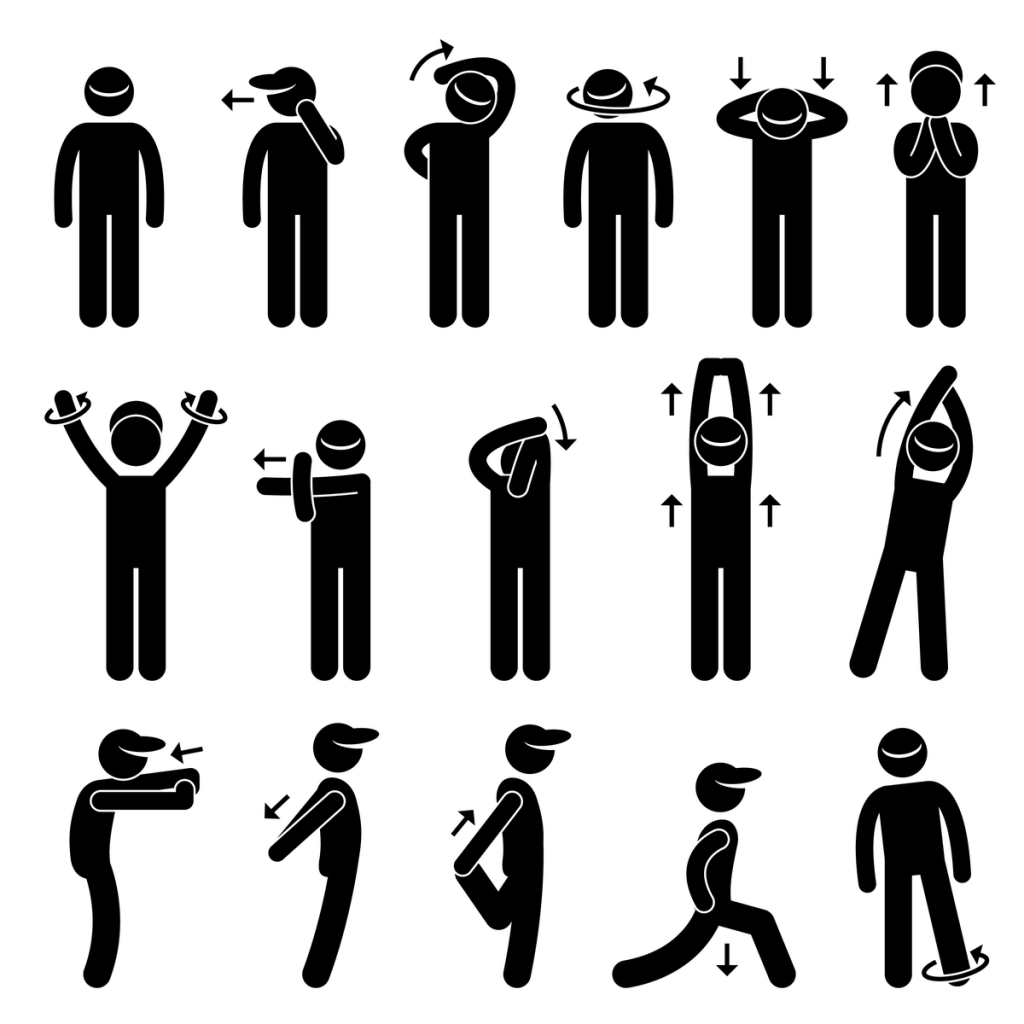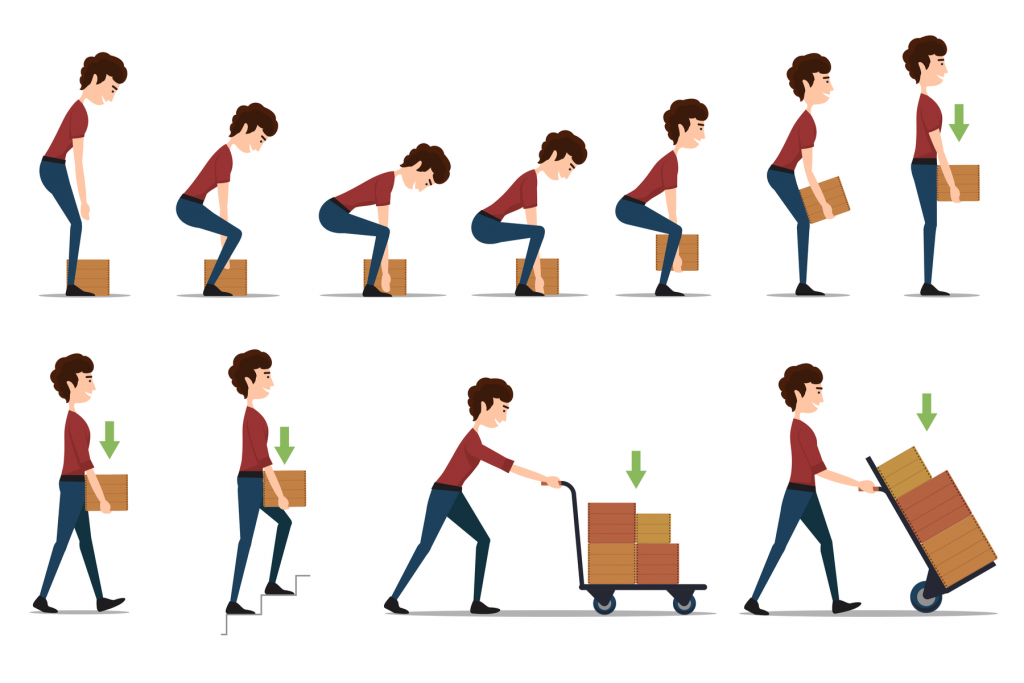4 Tips to Avoid Occupational Back Injuries
Safety First
According to the Bureau of Labor Statistics (BLS), more than one million workers experience back injuries each year. One fourth of all workers compensation indemnity claims are a result of back injuries. Low back pain is one of the most common reason that people miss work, second only to the common cold. In America, we spend more than $100 billion annually in medical bills, disability and lost productivity at work from back injuries and illnesses. More importantly, this problem causes unnecessary discomfort and pain to workers which can have a devastating effect on their lifestyle and ability to work. A BLS survey shows that 75% of back injuries occurred while performing lifting tasks, which underscores the importance of reducing back injuries caused by lifting.
#1 – Work Smart

Always warm – Up your back and legs before performing any lifting task! We are ALL athletes in life, so we need to warm-up our body to improve performance and to reduce risk of injury. It’s important to prepare your body for work.
Low Back Rotation Stretch – Stand with hands on hips. Stabilizing the hips and legs, gently roll your upper body forward, right, backward, and left to stretch your lower back. Perform 5 slow circles gradually expanding the circle each time. Repeat in the opposite direction.
Hamstring & Achilles Stretch – Position your body with one leg forward and the toes of that foot raised up. Keep your back straight while you bend forward at the waist. You should feel a stretch in the back of your thigh and knee. Then shift your weight onto your forward leg and bend knee, keep the back leg straight and heel on floor. Hold each stretch for 20 seconds. Perform each stretch 2 times for each leg.
#2 – Before You Lift

- Know what you are lifting and how you will lift it.
- Be aware of the weight of the object.
- Determine whether or not it’s safe to lift on your own.
- Make sure the work area is flat, dry and clear of debris. CHECK YOUR PATHWAY
- Make sure the lift pathway is clear .
- Remove any tripping hazards or debris.
- Check for any wet or slick surfaces.
#3 – USE ERGONOMIC EQUIPMENT
- Use lift assists, forklift, dolly, cart, hand truck or hoist .
- Make sure you are trained before using the equipment.
#4 – GET HELP WHEN NEEDED
- When lifting awkward or heavy loads, utilize a two person lift .
- Make sure you lift at the same time and keep the load level. WEAR PROPER PPE
- Wear proper required protective shoes and gloves.
Contact UniFirst First Aid + Safety today to help you with you safety and PPE needs.

